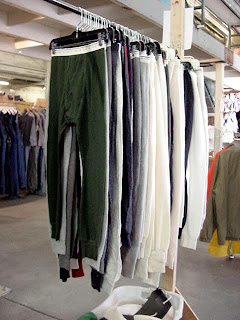Friday morning at 5 AM Tim and I arrived at St. Claire Hospital in Fenton where I was having surgery on my hand. I had been up for 20 hours and was a bit delirious. Should have taken the camera, the waiting room (Tim said) looked like a Shrine and the counter (I swear) looked like an altar.
I like my doctor, he a stitch. I felt for the poor nurses who were baffled my absence of an obvious vein to run the IV. Nurse 1 tried everything including the rubber hose and usual prodding. After five minutes Nurse 2 stepped up with no success. The anesthesiologist finally gave it a shot, kneeling down next to the bed.
You're holding me up, my favorite doctor said.
I flipped him off under the guise of discussing my useless finger.
What kind of pain med do you want, he asked, tapping a pen on the script pad.
I'm allergic to all narcotic pain pills but my dentist gave me something non narcotic so I'll use those.No script?
No, I have some at home.Anyone else want a script, he asked of the nurses but no one laughed.
He's a stitch, I tell you and one big ass pharm pimp.
The last thing I remember saying was something about how men should always be on their knees when talking to me. One nurse guffawed and that was when the anesthesiologist opened the line. Lights out!
I slept most of Friday, woke up in time to take some mail orders to the post office (ignoring the Don't Drive advice and found myself driving down a one way street.
Bad, very bad). It took another 12 hours for the anesthesia to dissipate.
I picked up something in the hospital of course. Some nasty stomach bug in addition to my slashed hand wrapped in gauze which was pulled open today when Beau lunged on the leash. Worse, the gauze was stuck to the stitches which gave my stomach an extra turn.
Just in case you're wondering I type with two fingers.
By yesterday afternoon I was feeling recovered (
before the stomach flu) and Tim and I drove the Mount Pleasant neighborhood so I could snap some photos of two flatiron buildings:
Just imagine what this looked like with pavers and street car tracks.
This building is now smartly owned by an architect and I am envious. Tim said this building was built by Anheuser-Busch and was a tavern.


Triple arch alert!



Sonrie likes these green glazed bricks but I'm queer for the amber color. BTW, white mortar was always used with glazed brick to make them POP.


In the front of this second flatiron is an original planter on the sidewalk that resonates with the buildings design.

Wrap around step that some idiot painted red.

Dreamy ivory glazed terra cotta.


I'm betting the original door had a keyhole design.

When I first saw this circle within circle motif I thought: Celtic. Bad Tim Said it's a Moorish influence.


Water struck bricks.

Flecks of feldspar in the brick and large pebbles in the mortar.

These buildings sit on triangular island blocks on Virginia in the Mt Pleasant neighborhood.

































